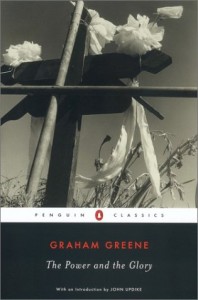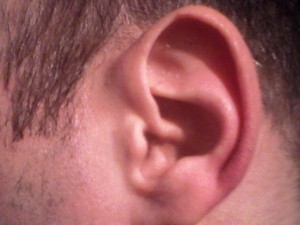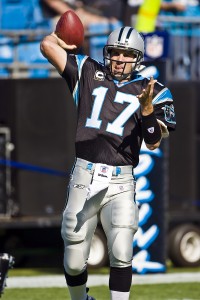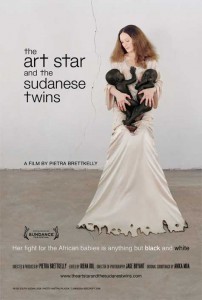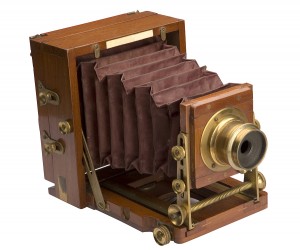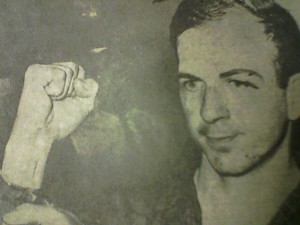The Paris Review site has an interesting 1955 interview with Graham Greene (download the full version). This Q&A reveals that while the author had the rare gift to write critically acclaimed work that was also widely popular, he really wanted to try his hand at other things. An excerpt:
Interviewer: Did you always want to be a writer?
Greene: No, I wanted to be a businessman and all sorts of other things; I wanted to prove to myself that I could do something else.
Interviewer: Then the thing that you could always do was write?
Greene: Yes, I suppose it was.
Interviewer: What happened to your business career?
Greene: Initially it lasted for a fortnight. They were a firm, I remember, of tobacco merchants. I was to go up to Leeds to learn the business and then go abroad. I couldn’t stand my companion. He was an insufferable bore. We would play double noughts and crosses and he always won. What finally got me was when he said, “We’ll be able to play this on the way out, won’t we?” I resigned immediately.

